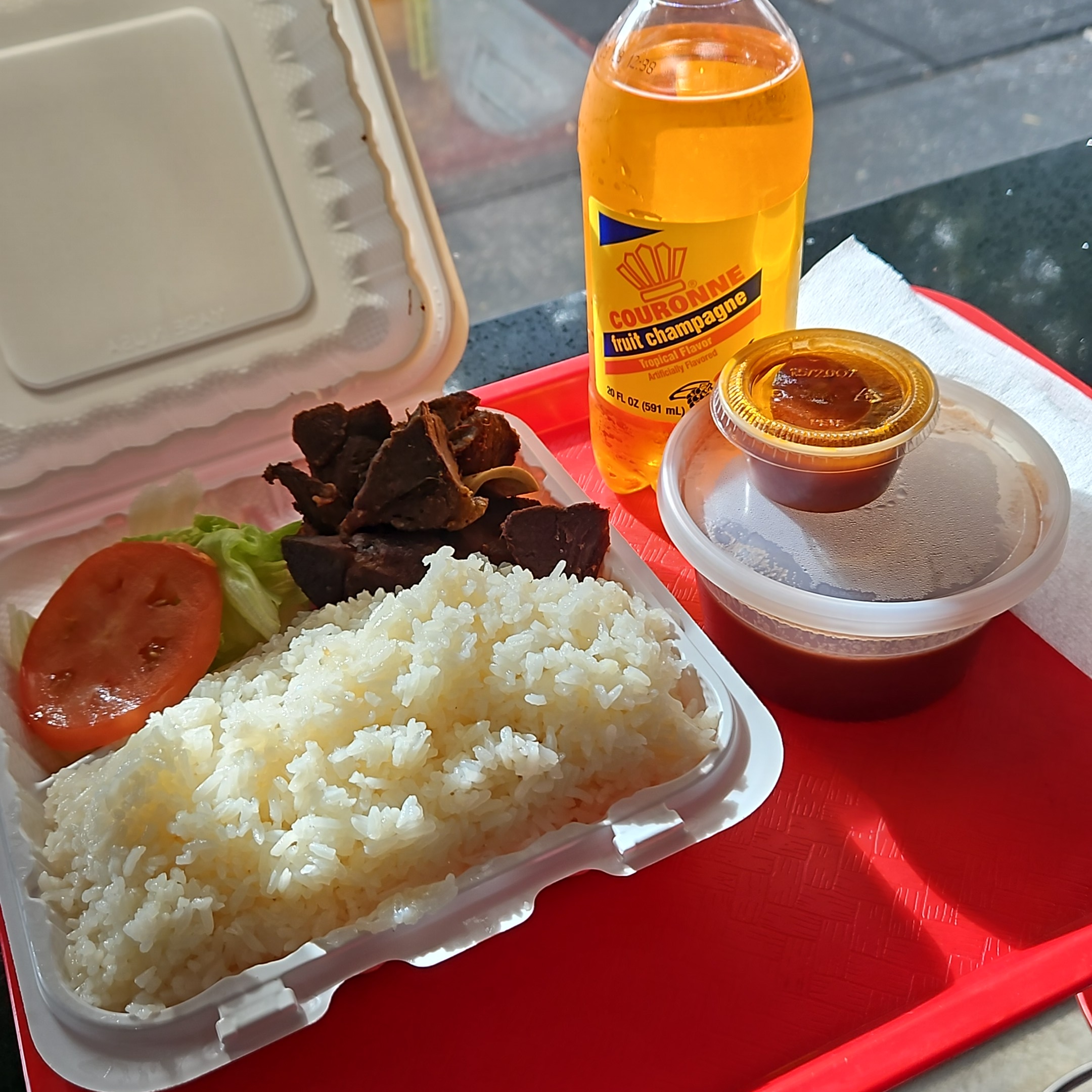Two weeks ago we flew back to New York state to take part in two weddings: one on Halloween night (and we dressed up as Thing 1 and Thing 2 per the request from the groom and bride), and the other on the following Saturday at a resort in Port Jervis near the tri-state point of Pennsylvania, New Jersey, and New York (we dressed up as well, but in the style of an Indian wedding per the request from the groom and bride as well because it was a four-day-long wedding with all sorts of events including the procession of the groom atop an elephant to arrive at the marriage site itself).
Between the two weddings we spent a day in Manhattan to see a Broadway show and then to have a meal.
And on the day after Halloween, I had the morning free to explore wherever I wanted to go, as my wife was going to stay in the hotel room to prepare our props for Sangeet, which is a night of festive celebration in which we would be dancing in a group dance in the style of a Bollywood musical.
Yes, I have photos and videos. No, they will not be posted. The kurta I wore for Sangeet and the suit with a long, gold filigree vest I wore for the wedding were comfortable and commented upon by the guests to the point of being asked to pose for pictures. But all evidence of said outfits are safely in storage.
What I wanted to talk about was that Tuesday morning when I decided to visit Flatbush in Brooklyn, where there is a small community of Haitians living in proximity to each other, with shops, markets, and restaurants where you can browse Haitians goods, buy Haitian products and ingredients to make Haitian food, and get a meal and a drink that has the taste of the island culture.
I got off at Newkirk Avenue-Little Haiti station, the next-to-last stop on the 2 line, and walked a few blocks to find the “Ti Ayisyen” restaurant. (“Ti Ayisyen” means “Little Haiti,” which was appropriate for the location and the food.)
It is a small restaurant with one or two very small tables, a very narrow counter table with four or five stools to sit upon, and an extremely long menu of items for purchase, all written in enthusiastic script.
Now, I had already decided to make my order entirely in Haitian Creole. Which was a good choice, because the staff at the restaurant were not speaking English. They made the attempt to make it known that I could order something by pointing to things on the menu, but I just told them—in Haitian Creole—what I wanted.
The surprise on their face was good to see, but we quickly settled into a conversation of what I wanted: tasso fritay, diri ak sòs pwa, ak yon kola ki rele Couronne.
The smells in the restaurant were incredible. Haitian food is spiced differently than what you might expect. Sure, some things are “spicy hot,” but many of the foods are simply layers and layers of flavors and aroma. You might think that rice and beans in sauce (diri ak sòs pwa) would be bland, but there is a whole ‘nother level of cooking skill that goes into making the sauce. It is to refried beans as a New York steak is to cheap stewing beef. The rice was wonderfully rich, the sauce was expertly made, and the tasso was flavored by the tropical marinade used to prepare the beef for cooking. The Couronne was a bit too much for me—Haitians seem to like very sweet drinks, and Couronne is a favorite perhaps for this reason.
I spent a half hour or so eating and talking with some of the customers who came in. They saw me, greeted me in English, and I responded in Haitian Creole—which led to some very great connections.
It was a good test for me. No lie, I have been reluctant to speak to native speakers because I think my Creole is hesitant and broken, but I managed to have simple conversations and could make myself known.
I don’t know what’s next, but that’s okay. Perhaps it will another visit to a Haitian community. Perhaps it will be more connections online. Who knows, maybe one day it will be possible to travel to Haiti itself to experience the life and culture and connect with people in the city streets.
But no matter what happens, I’m continuing in my journey to become fluent in the language.
I started this journey to show my Haitian friends my respect and to honor them for their trust in me as a friend. I thought this would simply be about learning a language, but the quest to understand the language has required me to learn about the history and culture of Haiti, and that has opened my eyes to see the world—to see my own country—with new understanding.
There’s a proverb in Haiti: dèyè mòn gen mòn, which means “behind mountains there are mountains.” Haitian proverbs are notorious for having more than one meaning and for being an insight into Haitian history and culture. But one thing the proverb can mean (and means to me) is that you are never done with the journey to reach the end—there is always another mountain to climb, and when you get there you will see yet one more mountain behind it.
So who knows what comes after this mountain? But I know that when I see it, I’m going to want to climb it.
Little Haiti Caribbean Restaurant (website)
3105 Church Ave (directions and map)
Brooklyn, NY 11226
31st St & 32nd St
Flatbush

